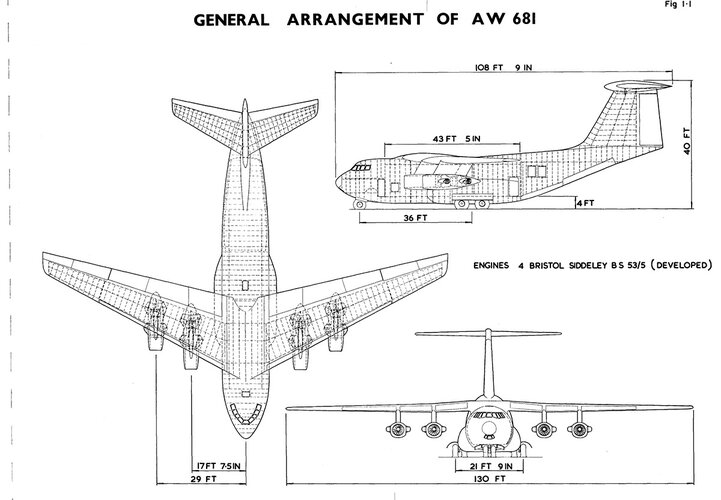- Joined
- 27 September 2006
- Messages
- 6,074
- Reaction score
- 6,188

Ilyushin Il-76 - Wikipedia
In contrast, the United States and the UK developed various designs to replace the C130 Hercules and earlier prop planes. A competition was even held in the 70s between 2 US jet designs. The Winner was not adopted but evolved into the C15. The UK designed a pair of jet freighters, the AW681 and the jet version of the Short Belfast.
Looking at the Il76 and the smaller two engined Kawasaki C1 it is hard to see why the West made such a mess of this one.
We of course have On Atlas' Shoulders and the recent two volumes on US airlifters to stagger us even more with the range of designs looked at in the US and UK.
In the spirit of other what-if aircraft threads could we make a better job of it. A wider fuselage version of the C141 Starlifter like the Jet Belfast? Could we make the AW681 more practical like its smaller Japanese cousin?
Europe didnt even bother. The C160 Transall was its answer.

